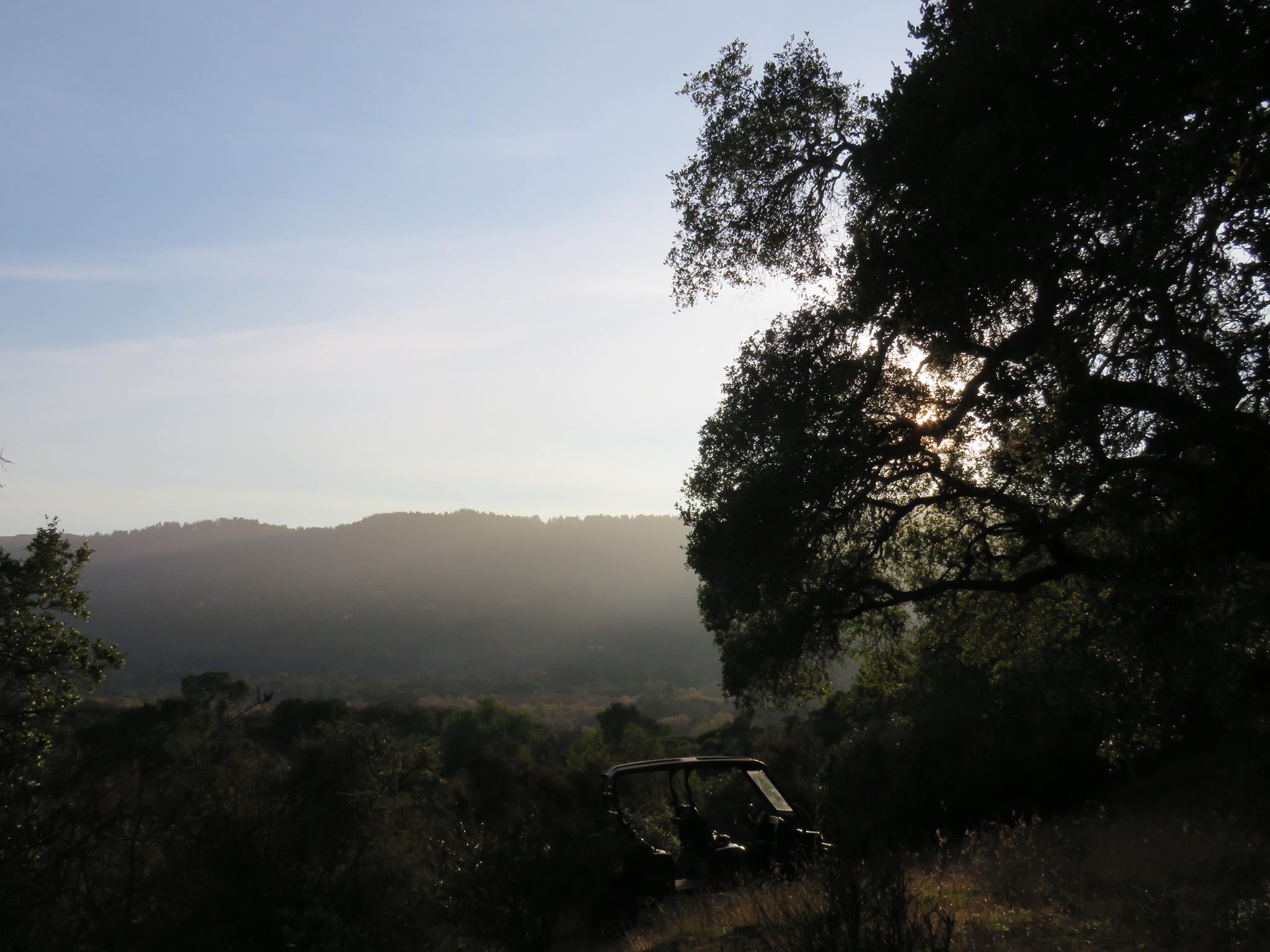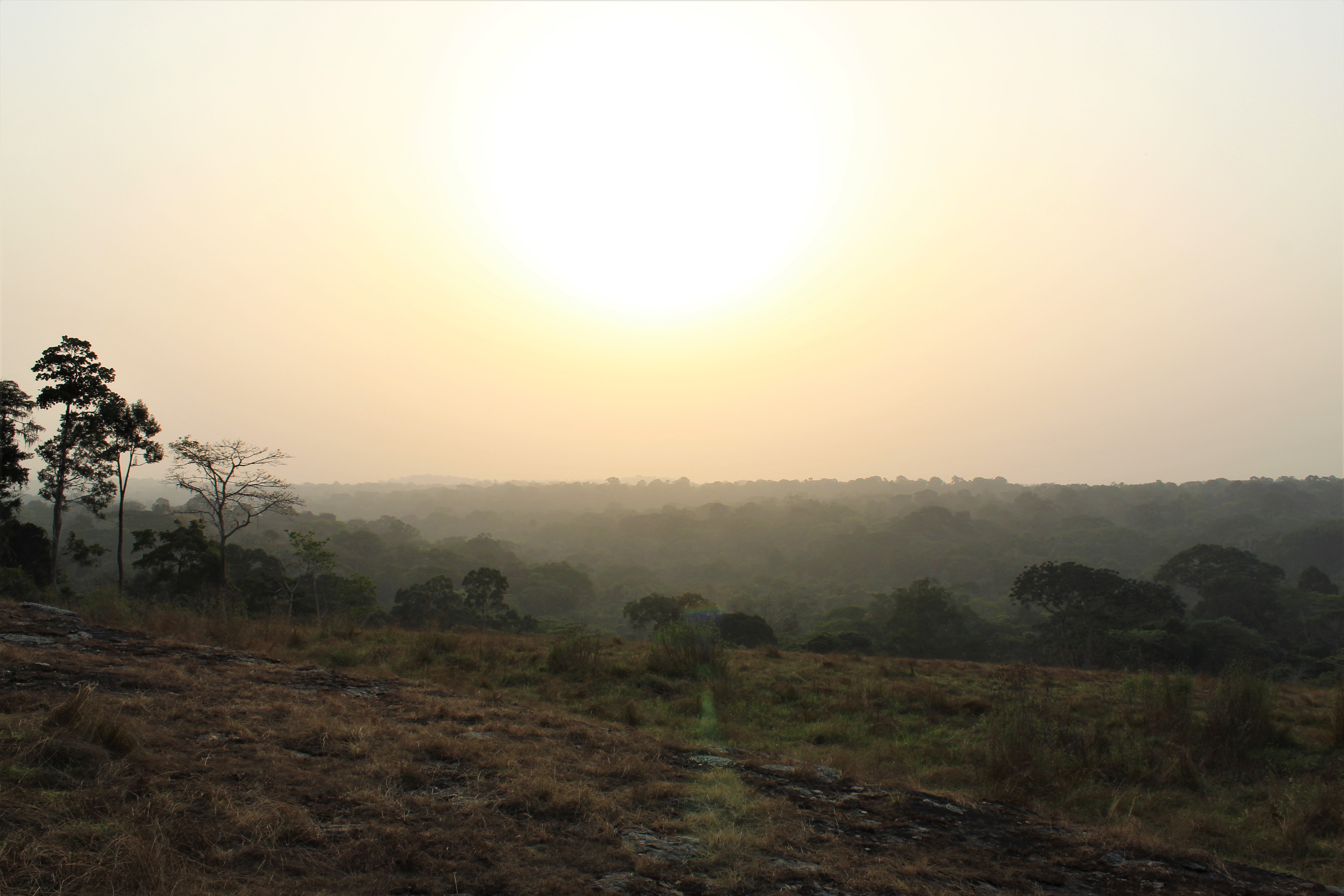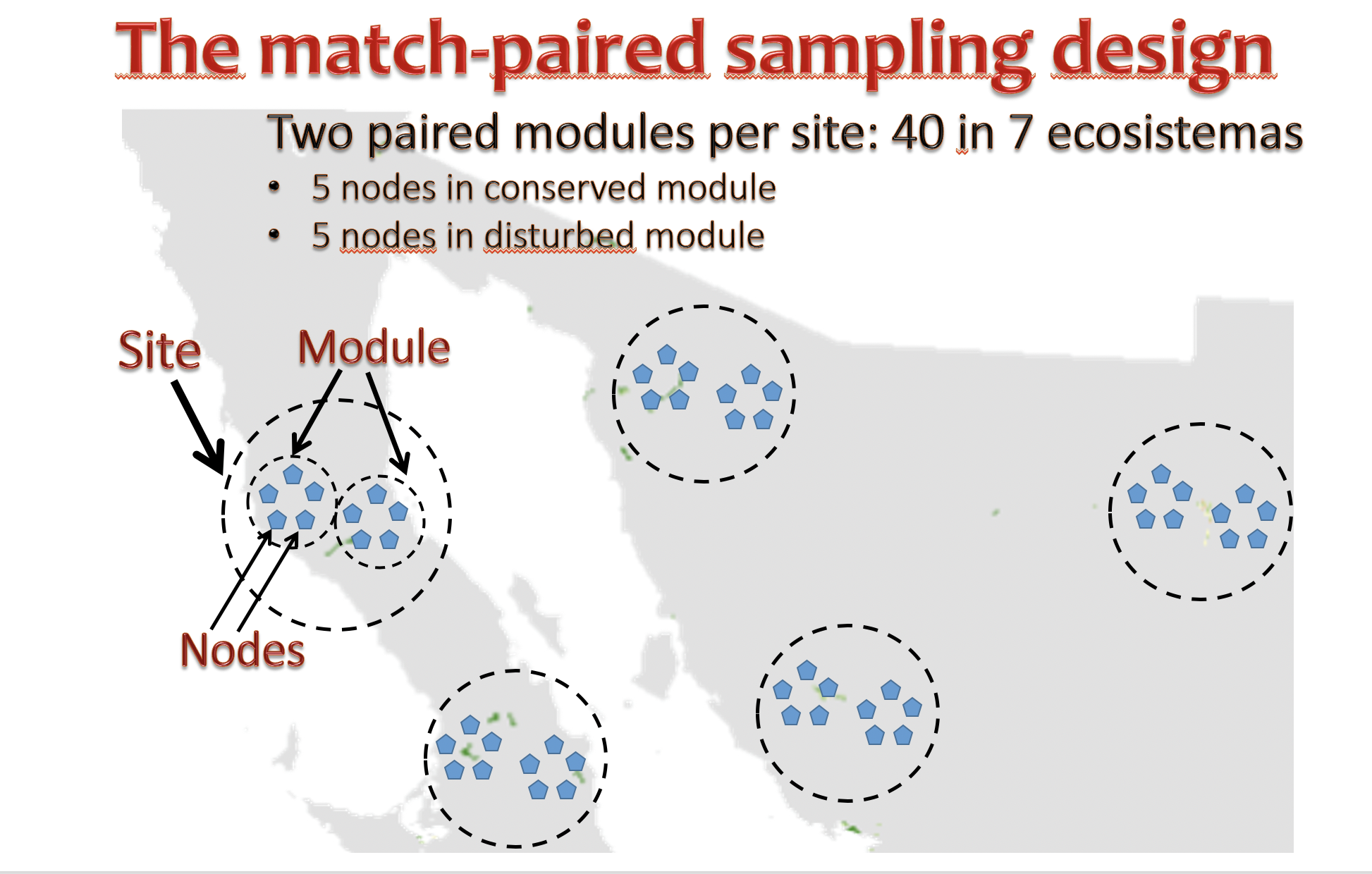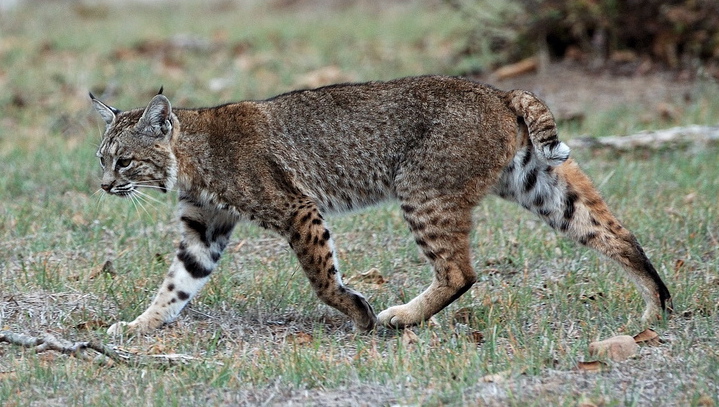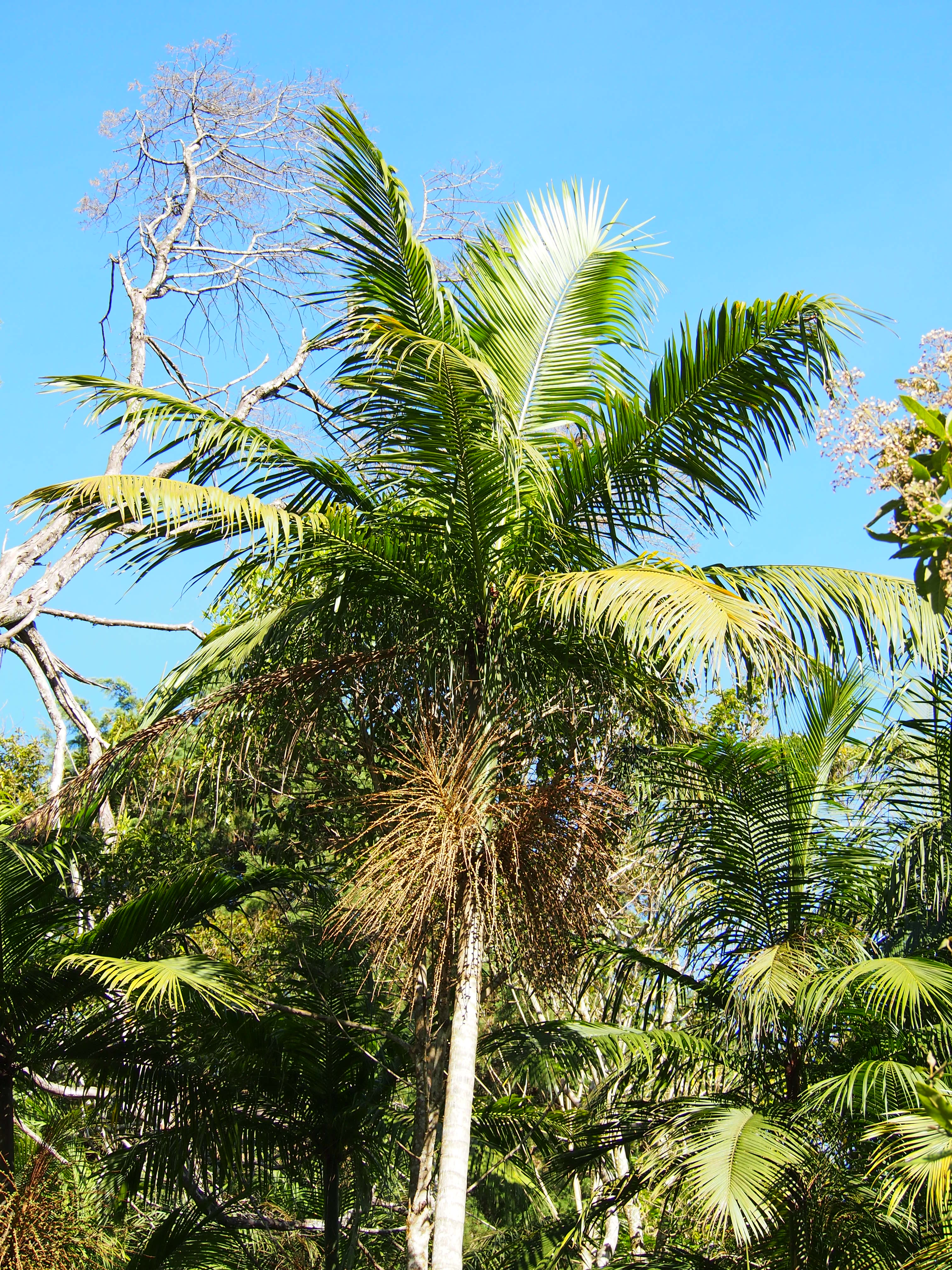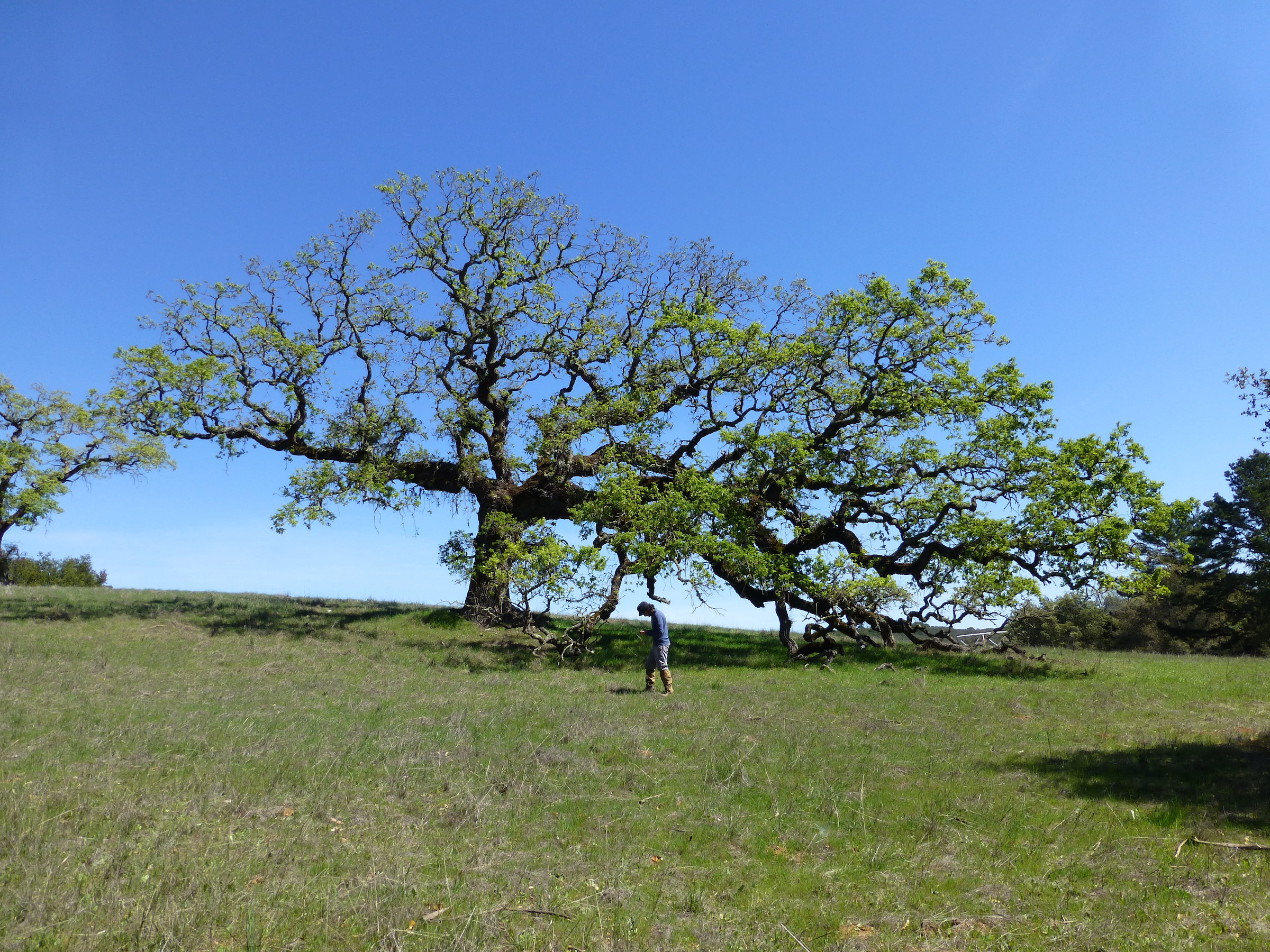Research
Oak Herbivory at Jasper Ridge
Research by Rebecca Nelson on September 8, 2020
Plants and their insect herbivores comprise over half of all described nonmicrobial species and interact in ways that influence key community- and ecosystem-level processes. A prevalent pattern in nature is that herbivory –the consumption plant tissue or fluids by herbivores, particularly insects– varies across species. The Apparency Hypothesis suggests that plant species that are more… Read more Oak Herbivory at Jasper Ridge
Revisiting local adaptation to climate change 90 years after
Research by Gianalberto Losapio on September 7, 2020
The California Sierra Nevada is legendary for its biodiversity and cultural and scientific heritage. However, ongoing climate change poses serious threats to the conservation and sustainability of these environments. This research project involves revisiting the famous studies of local adaptation initiated by Dr. H. M. Hall in the 1920’s and continued by California botanists Jens C.… Read more
The role of birds in the transmission of mammal-associated pathogens
Research by Lucas Pavan on September 5, 2020
The transmission of pathogens between wildlife populations and humans is increasingly prevalent in the Anthropocene. Understanding the relationship between changing faunal assemblages and disease regulation is therefore increasingly important as defaunation progresses globally. Previous research has demonstrated that the exclusion of large-bodied mammals can dramatically influence infection prevalence in some species. This is due, in… Read more The role of birds in the transmission of mammal-associated pathogens
The indirect effects of bushmeat hunting on birds in Central Africa
Research by Lucas Pavan on September 4, 2020
Overexploitation of wildlife, such as bushmeat hunting, is a major global conservation concern that is especially prevalent in tropical rainforests. Hunting offtake has steadily increased over the past several decades due to deforestation, road development, agricultural land conversion, more advanced weapons, and a burgeoning human population. These factors combined have had a major impact on… Read more
Combined effects of deforestation and biodiversity loss on species coexistence and ecosystem functioning
Research by Gianalberto Losapio on September 4, 2020
Human activities are profoundly impacting life on Earth and increasingly threatening the functioning of ecosystems, with severe consequences for human well-being. In particular, recent experimental studies have shown that deforestation and biodiversity loss are disrupting key ecosystem functions on which we rely. Yet, we have a limited understanding of the mechanisms underlying the impact of… Read more Combined effects of deforestation and biodiversity loss on species coexistence and ecosystem functioning
A New National System for the monitoring of biodiversity and the role of ecosystem integrity in regulation zoonotic disease in Mexico
Research by Rodolfo Dirzo on August 26, 2019
A project in collaboration with Mexico’s National Commission foe Biodiversity (CONABIO) and the Dirzo Lab. This project will use a network of paired sites comprising two adjacent modules (conserved, disturbed) to monitor plant (plot surveys) and animal life (medium and large vertebrates) via camera traps, sound/ultrasound recorders, and Sherman traps 9for rodents and their ectoparasites)… Read more
Assessing demography and genetic variation in Bobcat (Lynx rufus) using non-invasive DNA analysis and comparing with population size estimates obtained by camera-trapping in Jasper Ridge Biological Preserve
Research by Fernando Gonçalves on June 30, 2016
Felids, as mammalian carnivores in general, are inherently difficult to survey because of large home ranges, small sized populations, nocturnal activity, and wariness resulting from persecution by humans. Due to their elusive nature, wild cats are remarkably difficult to monitor and study, and thus, demographic data are often insufficient to guide appropriate conservation action or… Read more Assessing demography and genetic variation in Bobcat (Lynx rufus) using non-invasive DNA analysis and comparing with population size estimates obtained by camera-trapping in Jasper Ridge Biological Preserve
Effects of “primatization” on the population dynamics of a palm tree that is vulnerable to extinction
Research by Rita de Cassia Quitete Portela on June 29, 2016
Changes caused by habitat fragmentation are expected to lead to a decrease in the recruitment of plant seedlings, changing their population dynamics and thus jeopardizing the persistence of populations. The high density of a predator can therefore be predicted to cause a drastic decrease in the density of the plant on which it feeds. The… Read more Effects of “primatization” on the population dynamics of a palm tree that is vulnerable to extinction
Incidence and dynamics of mistletoe infestation on the oaks of Jasper Ridge
Research by Rodolfo Dirzo on June 10, 2016
The project examines spatial variation in the degree of mistletoe infestation at Stanford’s Jasper Ridge Biological Preserve. We are establishing a baseline for monitoring the progress of mistletoe infestation and its impacts on individual oak trees. Collaborator: Jomar Barbosa (CAO laboratory at the Institute of Pacific Islands Forestry, Hilo, Hawaii. USA) Funding: Jasper Ridge Biological… Read more
Ecology of oak regeneration at Jasper Ridge
Research by Rodolfo Dirzo on June 10, 2016
In this project, we are monitoring 75 pairs of individually caged saplings for three predominant oak species at Jasper Ridge: coast live oak, valley oak, and blue oak. The saplings are monitored for growth and survival, as well as invertebrate herbivory. We are documenting dramatic contrasts in mortality, and found that growth was lower in… Read more Ecology of oak regeneration at Jasper Ridge

